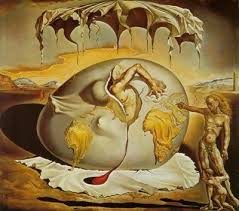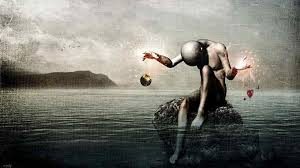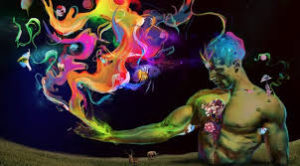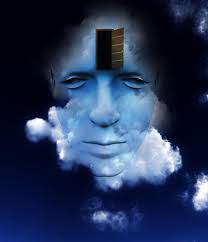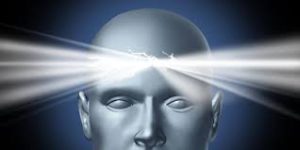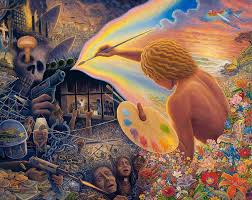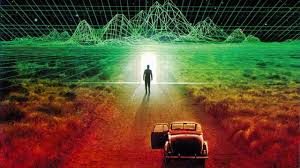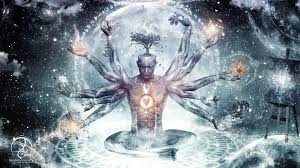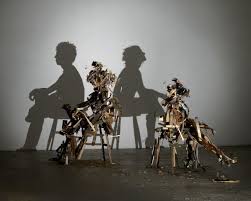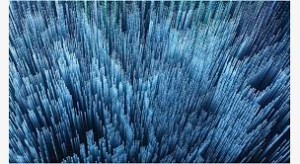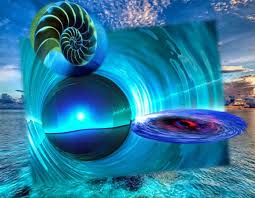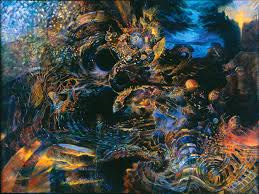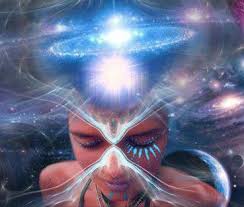The universe will begin yesterday. The universe began tomorrow. Both of these statements are quite meaningless. The tenses are wrong, and perhaps our time sense is completely outraged. Yet the statement: “The universe began in some distant past, ” is, in basic terms, just as meaningless.
In fact, the first two statements, while making no logical sense, do indeed hint of phenomena that show time itself to be no more than a creative construct. Time and space are in a fashion part of the furniture of our universe.
The very experience of passing moments belongs to our psychological rooms in the same way that clocks are attached to our walls. Whenever science or religion seeks the origin of the universe, they search for it in the past. The universe is being created now. Creation occurs in each moment, in our terms. The illusion of time is being created now. It is therefore somewhat futile to look for the origins of the universe by using a time scheme that is in itself, at the very least, highly relative.
Our now, or present moment, is a psychological platform. It seems that the universe began with an initial burst of energy of some kind. Evolutionists cannot account for its cause. Many religious people believe that a god exists in a larger dimension of reality, and that he or she created the universe while being himself or herself outside of it. He or she set it into motion. Many individuals, following either persuasion, believe that regardless of its source, the universe must run out of energy. Established science is quite certain that no energy can now be created or destroyed, but only transformed (as stated in the first laws of thermodynamics). Science sees energy and matter as being basically the same thing, appearing differently under varying circumstances.
In certain terms, science and religion are both dealing with the idea of an objectively created universe. Either God “made it,” or physical matter, in some unexplained manner, was formed after an initial explosion of energy, and consciousness emerged from that initially dead matter in a way yet to be explained.
Instead, consciousness formed matter. Each atom and molecule has its own consciousness. Consciousness and matter and energy are one, but consciousness initiates the transformation of energy into matter. In those terms, the “beginning” of our universe was a triumph in the expansion of consciousness, as it learned to translate itself into physical form. The universe emerged into actuality in the same way, but to a different degree, that any idea emerges from what we think of as subjectivity into physical expression.
The consciousness of each reader of this blog existed before the universe was formed: — but that consciousness was un-manifest. Our closest approximation — and its is an approximation only — of the state of being that existed before the universe was formed is the dream state. In that state before the beginning, our consciousness existed free of space and time, aware of immense probabilities. This is extremely difficult to verbalize, yet it is very important that such an attempt be made. Our consciousness is a part of an infinitely original creative process.
I will purposely avoid the word “God” because of the connotations placed upon it by conventional religion. I will make an attempt to explain the characteristics of this divine process throughout this blog. I call the process “All That Is.” All That Is is so much a part of its creations,” for each creation also carries indelibly within it the characteristics of its source.
If we have thought that the universe followed a mechanistic model, then we would have to say that each portion of this “cosmic machine” created itself, knowing its position in the entire “future construction.” We would have to say further that each portion came gladly out of its own source individually, neatly tailored to its position, while at the same time that individual source was also as intimately the source of each other individual portion.
I am not saying that the universe is the result of some “psychological machine,” either, but that each portion of consciousness is a part of All That Is, and that the universe falls together in a spontaneous, divine order — and that each portion of consciousness carries within it indelibly the knowledge of the whole.
The birth of the world represented a divine psychological awakening. Each consciousness that take a part in the physical universe dreamed of such a physical existence, in our terms before the earth was formed. In greater terms than ours, it is quite true to say that the universe is not formed yet, or that the universe has vanished. In still vaster terms, however, the fact is that in one state or another of the universe has always existed.
Our closest approximation of the purpose of the universe can be found in those loving emotions that we have toward the development of our children, in our intent to have them develop their fullest capacities.
Our finest aspirations can give us some dim clue as to the great creative thrust that is behind our own smallest act, for our own smallest act is possible only because our body has already been provided for in the physical world. Our life is given. In each moment it is renewed. So smoothly and effortlessly do we ride that thrust of life’s energy that we are sometimes scarcely aware of it. We are not equipped with a certain amount of energy that then wears out and dies. Instead we are, again, newly created in each moment.
